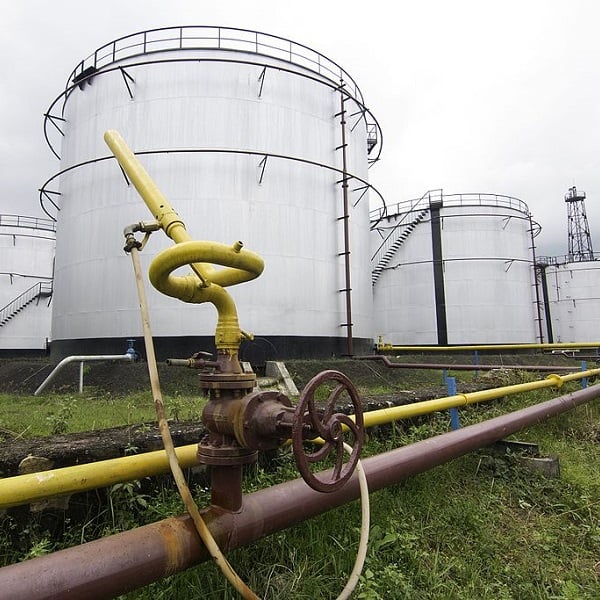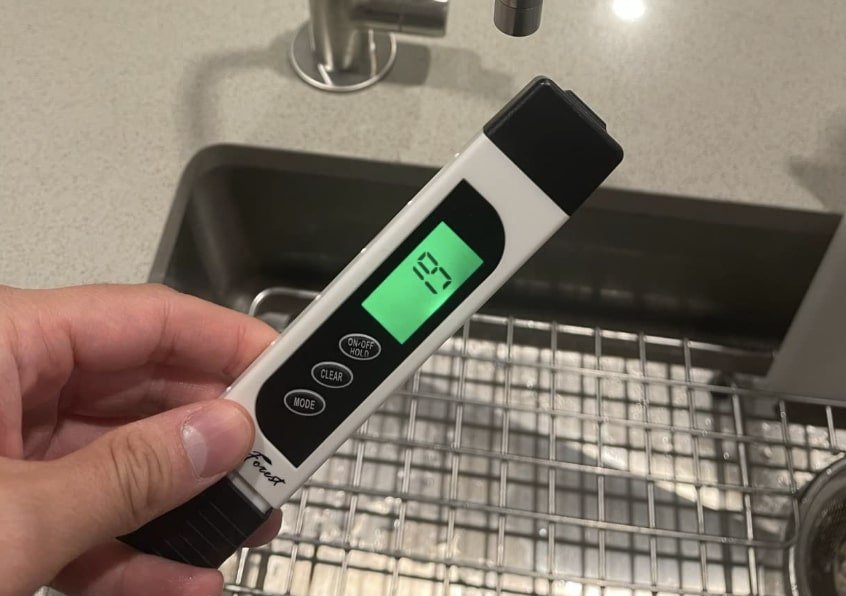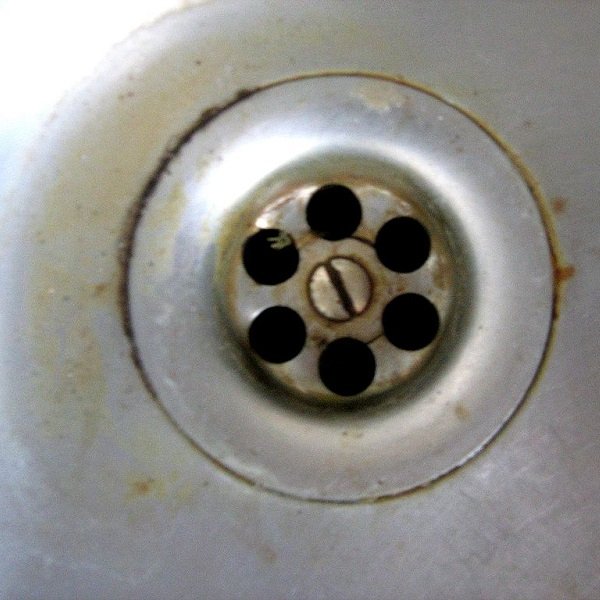How Does Iron Get in Our Water?
Iron is one of the most common minerals found on earth and can also be present in our drinking water. But how does iron get into our water supply? There are several possible sources of iron contamination in water, including natural occurrences and human activities.

One way that iron can enter the water is through natural rock formations. As rainwater seeps into the ground, it comes into contact with rocks that naturally contain iron. The water then takes some of the dissolved iron and goes to underground aquifers or surface waters like rivers and lakes.
Other sources of iron in water include rusty pipes or plumbing fixtures that leach metal ions into the water over time. Industrial processes that use large amounts of metals can also contribute to elevated iron levels in nearby groundwater or surface waters.
Effects of Too Much Iron in Water
While small amounts of iron are essential for human health, having too much iron in your drinking water can have negative effects.
Iron Toxicity
Over time, exposure to high levels of ferrous iron can lead to a condition called hemochromatosis, where the body absorbs more iron than it needs. This excess iron accumulates in various organs, such as the liver, heart, and pancreas. Hemochromatosis often goes undiagnosed since its symptoms are similar to other conditions, such as arthritis or fatigue.
Iron toxicity can also cause gastrointestinal problems such as nausea, vomiting, abdominal pain, and diarrhea.
Brain Damage
Iron overload in drinking water has been linked to several health conditions, including brain damage. Excess iron intake has been shown to cause oxidative stress and inflammation within the brain cells, leading to cognitive impairment and neurodegenerative diseases such as Alzheimer’s and Parkinson’s.
Cancer
Another significant consequence of consuming excess iron through drinking water is an increased risk of developing cancer. Studies have shown that high levels of iron in drinking water may contribute to developing certain types of cancer, including bladder and colon cancer.
DNA Damage
When there is an excess of iron concentration in the body, it reacts with hydrogen peroxide to create hydroxyl radicals which are extremely reactive and capable of damaging DNA strands leading to mutations and cancerous growths over time.

Signs That Your Water Has Too Much Iron
If you notice these signs, then your water has too much iron.
Clogged pipes or plumbing
If you have noticed that your iron or steel pipes or plumbing system is clogged, it could indicate that your water has too much iron. From staining clothes to causing damage to your appliances, high levels of iron can be a real nuisance.
Discolored water
One of the most noticeable signs of excess iron in your water is the color change. If you notice that your water appears yellow or reddish-brown, this could be due to high iron levels.
Stained clothing
If you notice stained clothing after doing the laundry, it could indicate that your water has too much iron. Iron can cause rust-colored stains on sinks and toilets as well.
Metallic taste
If you notice a metallic taste in your drinking water, the water likely has too much iron in it.
Dry skin
If you’ve been experiencing dry skin, it may not be due to a lack of moisturizing. Instead, the culprit could be your water. Specifically, if your water has too much iron, it could lead to dry and itchy skin. This is because the high levels of iron in your water can cause irritation and inflammation in the skin.
Discolored hair
Iron in excess amounts in our drinking water can cause some unpleasant side effects, such as discolored hair. If you notice your hair turning a reddish-brown or yellow color, it’s likely that there’s too much iron in the water you’re using to wash your hair.
Iron can also make your hair feel dry and brittle. This happens because the excess iron reacts with the oxygen in the air, forming rust on your hair strands. The iron buildup can clog up your scalp pores leading to dandruff and other scalp issues. Therefore, if you are experiencing any of these symptoms, it’s important to investigate the quality of your water supply.
To remove excess iron from your water supply, install an iron filter system or use distilled water to wash your hair.

Testing For Iron Levels In Your Water
If you are concerned about the presence of iron in your water, it is important to know how to test for it. High iron levels can cause various issues, such as unpleasant taste, discoloration, and even damage to your plumbing system. Fortunately, testing for iron in your water is a relatively simple process that can be done from the comfort of your own home.
There are two main methods for testing iron levels in water:
- Visual inspection
- Laboratory analysis
Visual inspection involves filling a clear container with water and observing any changes in color or clarity. The water may contain high iron levels if it appears yellow, red, or brownish. In addition, you can also use a home kit for testing iron in the water. These kits are available at most major retailers and can be used to test for iron. If the visual inspection results are inconclusive, then consider having the water tested by a professional lab.
Laboratory analysis is a more accurate method that involves sending a sample of your water to a lab where professionals will conduct tests to determine the exact amount of iron present.

How to Remove Iron from Drinking Water?
Iron can cause various problems, including staining of plumbing fixtures, metallic taste, and sediment buildup. Removing iron from drinking water is essential to ensure safe and healthy consumption.
There are several methods available for removing iron from drinking water. Here is a list of the best iron filters that you can go through.
Ion Exchange System
The most common method is an ion exchange system that replaces iron ions with sodium or potassium ions.
Oxidation
Another popular method is oxidation, followed by filtration, where iron particles are oxidized into larger particles that can be filtered out.
Reverse Osmosis System
Reverse osmosis systems can also effectively remove iron from water.
It’s important to note that the effectiveness of these methods may vary depending on the type and concentration of iron present in the water. Regular testing and maintenance are essential to ensure the proper removal of iron from your drinking water.
Conclusion
Iron in water can have grave effects on human health, ranging from iron toxicity to brain damage, cancer, and even DNA damage. All homeowners need to be aware of the risks associated with iron and take action to reduce their exposure. To combat this issue, iron treatment methods considerations should be taken. This can include installing an iron water filtration system or regularly testing your home’s water supply.
Furthermore, governments should continue to regulate levels of iron in the environment and ensure they are kept at safe levels.

